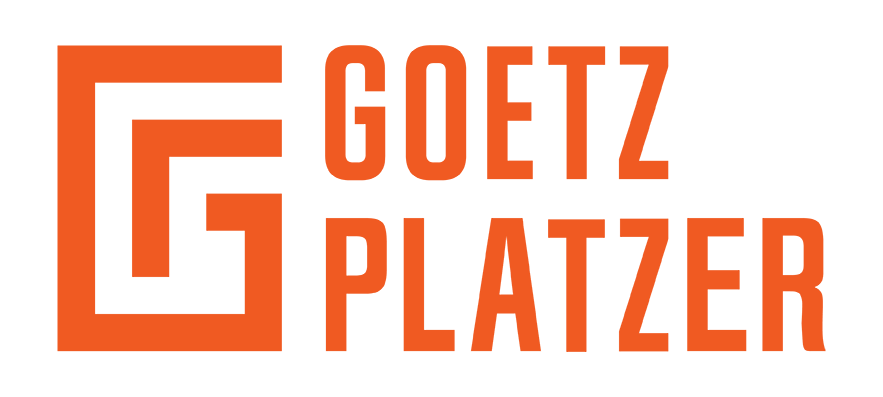On Friday, March 27, 2020, the Federal Government enacted the Coronavirus Aid, Relief, and Economic Security (CARES) Act. CARES includes the $350 billion Paycheck Protection Program (PPP), which benefits small- and medium-size businesses dealing with the economic impact of the COVID-19 pandemic. Here is what employers need to know about the PPP, along with a quick-reference chart at the bottom of this article.
What is the PPP?
The PPP provides small and medium businesses with eight weeks of cash-flow assistance guaranteed by the Federal Government. Through the PPP, the Small Business Administration (SBA) will administer 100% federally-backed loans through December 31, 2020 to help eligible businesses pay operational costs including:
-
payroll
-
rent (under a lease agreement in force before February 15, 2020)
-
interest on real or personal property mortgage obligations (in existence before February 15, 2020 and incurred in the ordinary course of business)
-
utilities payments, including electricity, gas, water, transportation, telephone, or internet (for which service began before February 15, 2020)
-
current costs related to group health benefits, i.e., premiums
If a business satisfies certain conditions, portions of the loans utilized by businesses to pay any or all of these business expenses are forgivable. This essentially makes the PPP a non-taxable grant.
Who is Eligible?
Businesses with fewer than 500 employees are eligible for the PPP. An eligible business includes sole proprietors, independent contractors, and other self-employed individuals. The 500-employee threshold includes all employees, including full-time, part-time, and any other status. There are some limited exceptions to the 500-employee eligibility requirement for certain industries, such as businesses in the hospitality and food sectors that have multiple locations, which can have up to 500 employees per physical location of the business.
What is the Time Period for Eligible Business Costs?
Loans under the PPP cover business costs dating back to February 15, 2020 through June 30, 2020 (the “Covered Period”).
What’s the Catch?
The maximum amount of the loan is calculated by averaging the businesses’ total monthly payroll in the window one year prior to the loan date. For example, if you seek PPP benefits for the entire Covered Period, your maximum loan amount will be calculated by a one-year lookback to February 15, 2019. Businesses with seasonal workforces can seek an adjustment of the one-year lookback period.
What’s the Maximum Amount of the Loan?
During the Covered Period, each eligible business may receive up to 2.5 times its average monthly payroll costs up to $10 million. Certain payroll costs are excluded in calculating the maximum loan amount, such as:
-
individual employee compensation over $100,000.
-
payroll and income taxes.
-
compensation for an employee with a principal place of residence outside the United States.
-
qualified sick leave or family leave wages for which a business will receive a credit under the Families First Coronavirus Response Act.
Other Key Features of Loans Obtained through the PPP.
-
No Collateral or Personal Guarantee. No collateral is required to be pledged and the normal personal guarantee requirement of a typical SBA loan is waived.
-
Loan Fees. The SBA’s guaranty fee and annual service fee are also waived, as is the requirement that the business is not able to access credit elsewhere.
-
Non-Recourse. As long as businesses use PPP proceeds for the purposes described above, the loan will be non-recourse to the business’ shareholders, members, and partners.
Applying for Loan Forgiveness and Good Faith Certification
PPP loans will be made by SBA-certified lenders (currently over 800 financial institutions) in all 50 states through delegated authority from the SBA. To apply for loan forgiveness, businesses must submit documentation regarding the eligible uses of loan funds, i.e., payroll costs, rent, mortgage interest, utilities, that such loan is being used to retain employees, a certification that such documents are true and correct, as well as the amount to be forgiven, along with any other documentation the SBA Administrator deems necessary. Under the PPP, the lender must make a decision within 60 days of the business’ forgiveness application submission.
More Regulations Expected Soon
The SBA is expected to issue additional guidance to lenders and borrowers in the days ahead. We anticipate it may take a couple weeks before applications will be processed. Please note that these loans will not be available until the SBA issues final guidance to lenders. In the interim, if you are interested in this program we would recommend that you reach out to your banking institution to begin collecting the necessary paperwork. Separately, for business that do not use the Payroll Protection Program, the CARES act does provide for an employee retention credit and payroll tax holiday. We are waiting for the IRS to provide further guidance on this matter in terms of implementation and will update you further in the near future.
Further Questions?
Goetz Fitzpatrick continues to monitor changes in the law impacting businesses and employees alike affected by the Coronavirus crisis. Should you have any further questions in that regard, please do not hesitate to email me or call me on my cell at 914-656-8433.



